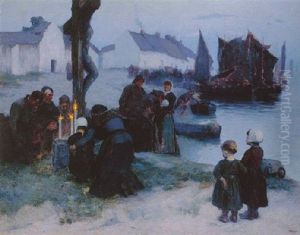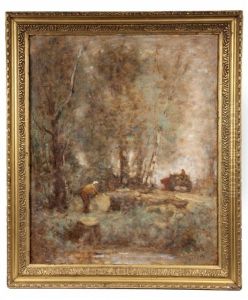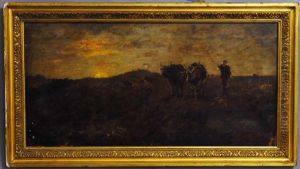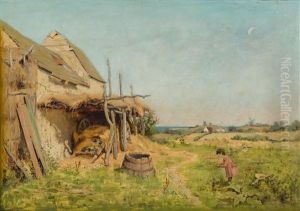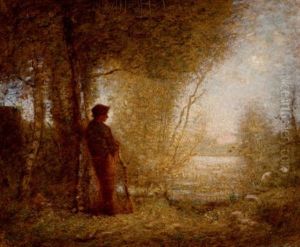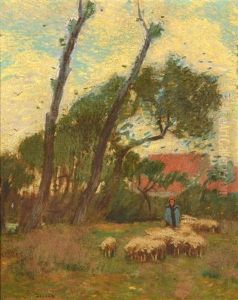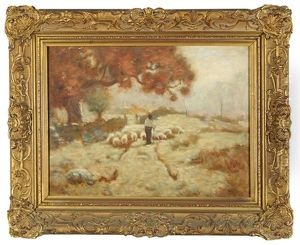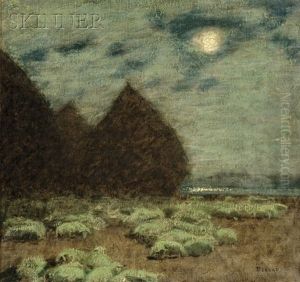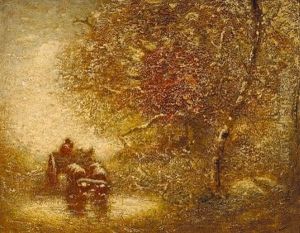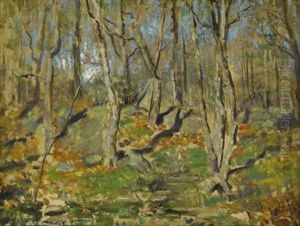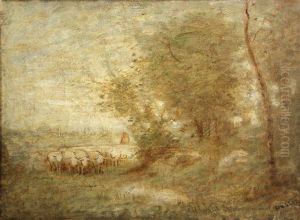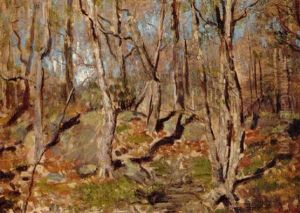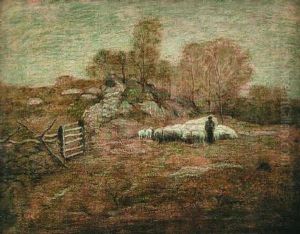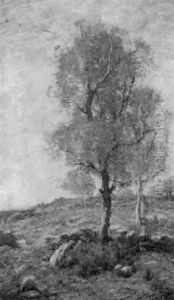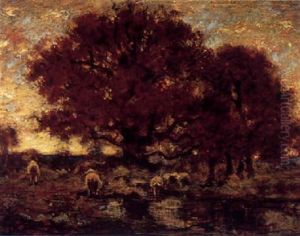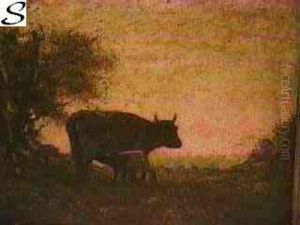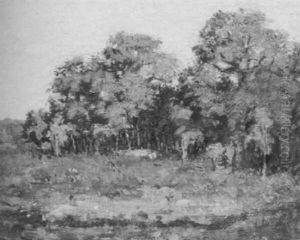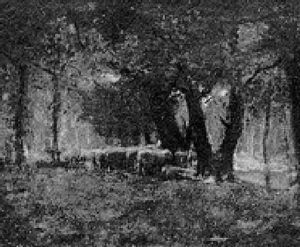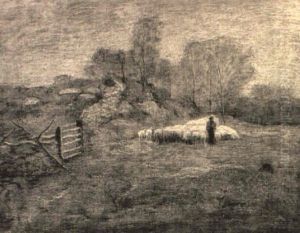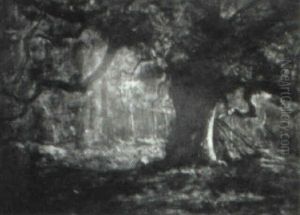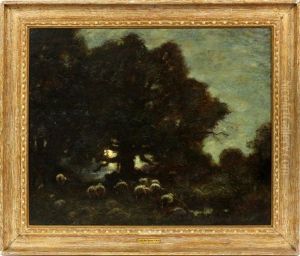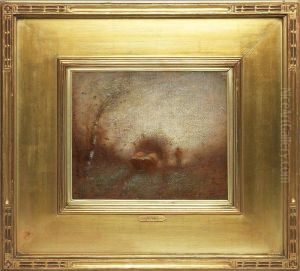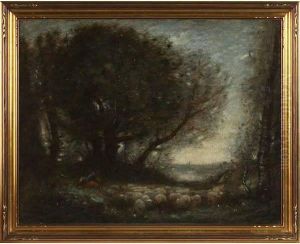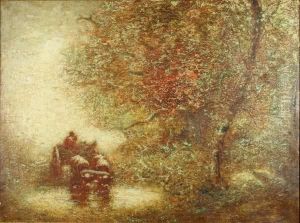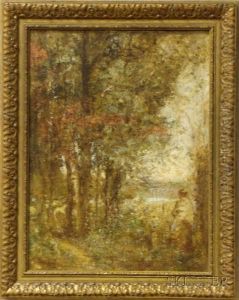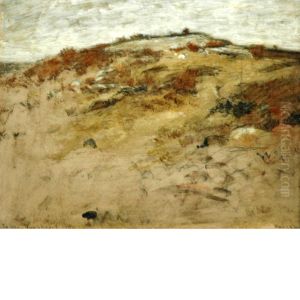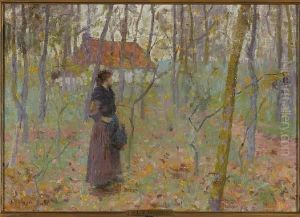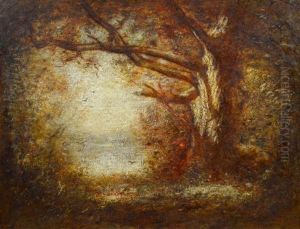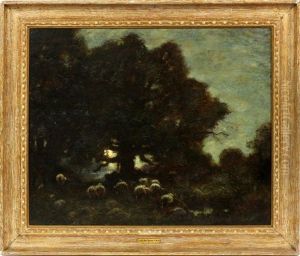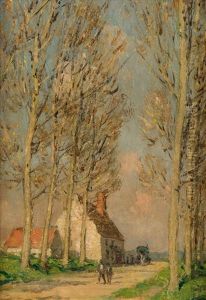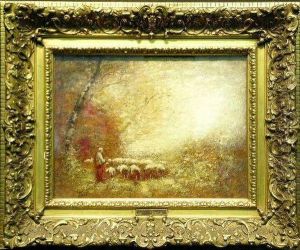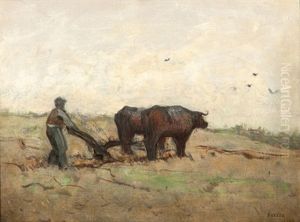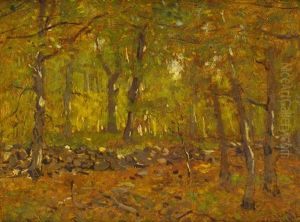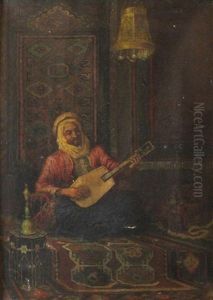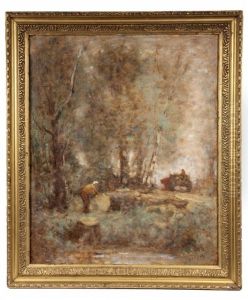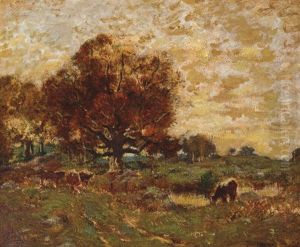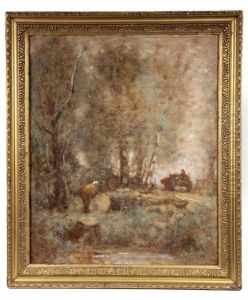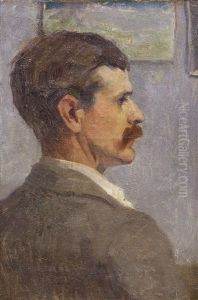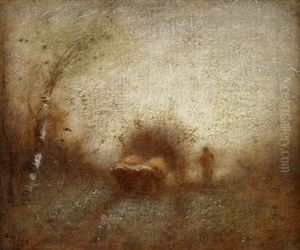Louis Paul Dessar Paintings
Louis Paul Dessar was an American painter born on January 22, 1867, in Indianapolis, Indiana. His artistic journey began at a young age, leading him to study at the National Academy of Design in New York City. Dessar's ambition and dedication to his craft soon took him across the Atlantic to Paris, where he further honed his skills at the École des Beaux-Arts under the tutelage of renowned artists Jean-Léon Gérôme and Gustave Boulanger. His time in France was pivotal; not only did he immerse himself in the academic tradition of painting, but he also absorbed the influences of the Barbizon School, which emphasized painting landscapes en plein air (outdoors).
Dessar's work is often categorized as part of the American Tonalist movement, a style that emerged in the late 19th century characterized by soft, muted tones and an overall mood of tranquility and contemplation. However, Dessar's portfolio also exhibits characteristics of American Impressionism, particularly in his use of light and color. After returning to the United States, he became closely associated with the Old Lyme Art Colony in Connecticut, a significant hub for American Impressionist painters. There, Dessar focused on rural American landscapes, farm life, and the peasantry, capturing the essence of the American countryside with a profound sense of realism and empathy.
Throughout his career, Louis Paul Dessar received numerous accolades for his work, including a silver medal at the St. Louis Exposition in 1904. Despite his successes, he remained committed to his artistic vision, often prioritizing the integrity of his subject matter over commercial success. Dessar's contributions to American art were not limited to his paintings; he was also a mentor to younger artists and an active member of various art societies, including the National Academy of Design, where he was elected as an Associate in 1906 and a National Academician in 1909.
Dessar's legacy is one of quiet significance. Through his paintings, he provided a window into the soul of America at the turn of the century, reflecting both the beauty and simplicity of rural life. His dedication to capturing the American landscape and its inhabitants with authenticity and sensitivity has left an indelible mark on the history of American art. Louis Paul Dessar passed away on August 22, 1952, in Falls Village, Connecticut, leaving behind a body of work that continues to be celebrated for its contribution to the American artistic tradition.
